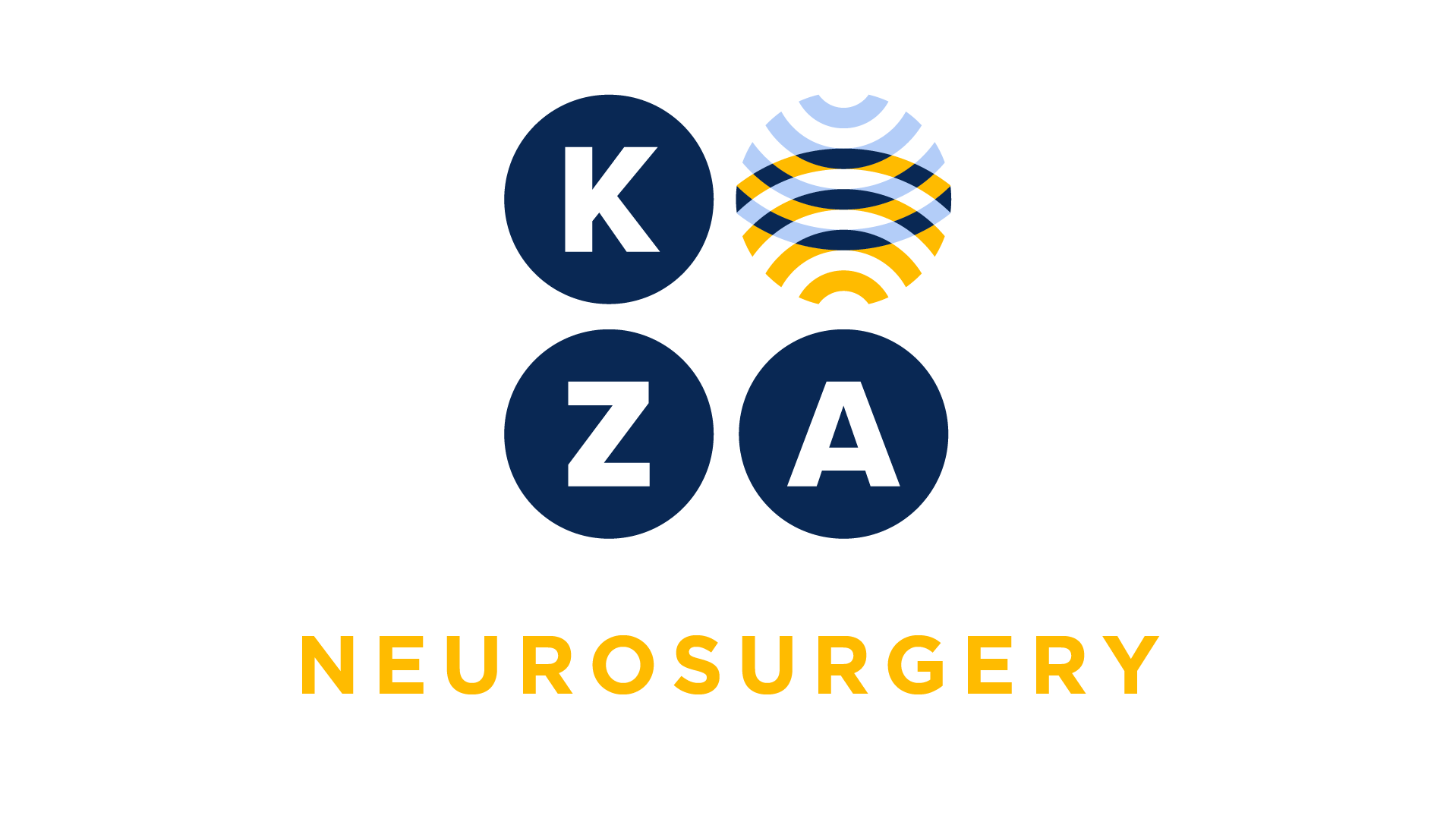
Choose your specialty from the list below to see how our experts have tackled a wide range of client questions.
Looking for something specific? Utilize our search feature by typing in a key word!
Exploration of Fusion (22830) – Two Questions Answered
Can we bill 22830 with modifier 50 because we explored both sides?
Question:
Can we bill 22830 with modifier 50 because we explored both sides?
Question:
Can we bill 22830 for each level explored?
Answer:
No and no. CPT 22830, for exploration of spinal fusion, is used once regardless of the number of levels explored. It is assumed that you explore “both sides” of the spine which is typically considered a central structure from a coding standpoint.
*This response is based on the best information available as of 04/13/17.
Endoscopic Transnasal Pituitary Tumor Removal
I’m confused. Should I use 61548 vs 61580 & 61600 to bill an endoscopic transnasal approach to remove a pituitary tumor? Or is this an unlisted code (64999)?
Question:
I’m confused. Should I use 61548 vs 61580 & 61600 to bill an endoscopic transnasal approach to remove a pituitary tumor? Or is this an unlisted code (64999)?
Answer:
Good question – there are actually 3 CPT codes that specifically address removal of a pituitary tumor none of which are the skull base surgery codes you asked about (61580 & 61600). They are listed in the table below:
| CPT Code | CPT Descriptor | Approach |
| 61546 | Craniotomy for hypophysectomy or excision of pituitary tumor, intracranial approach | Craniotomy, open |
| 61548 | Hypophysectomy or excision of pituitary tumor, transnasal or transseptal approach, nonstereotactic | Transnasal or transseptal using a microscope |
| 62165 | Neuroendoscopy, intracranial; with excision of pituitary tumor, transnasal or trans-sphenoidal approach | Transnasal or trans-sphenoidal using an endoscope |
The codes, 61580 and 61600, are skull base codes which require an open approach and are not used to report transnasal procedures.
So there is a code for the procedure you describe and that is 62165. Remember to append modifier 62 (two surgeons) if the approach is performed by the otolaryngologist (both surgeons report 62165-62).
*This response is based on the best information available as of 03/30/17.
Denials of 20930 and 20936
I’m new to neurosurgery coding and notice a big problem with denials. Medicare doesn’t pay us on 20930 and 20936. I’ve been appealing but don’t seem to have any success. Can you help?…
Question:
I’m new to neurosurgery coding and notice a big problem with denials. Medicare doesn’t pay us on 20930 and 20936. I’ve been appealing but don’t seem to have any success. Can you help?
Answer:
While CPT says it is accurate to code 20930 (morselized allograft) and 20936 (local autograft), Medicare considers both codes “bundled” into the primary code which is typically an arthrodesis/fusion code. Accept these denials and don’t waste your time appealing denials to Medicare.
*This response is based on the best information available as of 03/16/17.
New Spinal Cage Codes – 2017
I see that CPT code +22851, Application of intervertebral biomechanical device(s) to vertebral defect or interspace was deleted effective 1/1/17. What code do I now use?
Question:
I see that CPT code +22851, Application of intervertebral biomechanical device(s) to vertebral defect or interspace was deleted effective 1/1/17. What code do I now use?
Answer:
Three codes have been added to CPT 2017 to replace +22851:
- +22853 is used for a device, with fusion, with or without integrated anterior fixation
- +22854 is used for a device to fill a corpectomy defect, with fusion, with or without integrated anterior fixation
- +22859 is used for interbody device insertion without fusion
Note that +22853 and +22854 include the integral anterior instrumentation for device anchoring when that type of device is used. If you do not use integrated fixation, it is still the same codes, +22853 or +22854. If you use a separate plate, you may separately report a code such as +22845 when the plate meets the code criteria (e.g., the plate crosses the interspace, can provide independent stabilization, and can be used with any other type of interspace device).
*This response is based on the best information available as of 01/05/17.
Reduction of Spondylolisthesis
It was recently brought to my attention that there is a code for spondylolisthesis reduction (22325, Open treatment and/or reduction of vertebral fracture(s) and/or dislocation(s),
Question:
It was recently brought to my attention that there is a code for spondylolisthesis reduction (22325, Open treatment and/or reduction of vertebral fracture(s) and/or dislocation(s), posterior approach, 1 fractured vertebra or dislocated segment; lumbar). I do many procedures in which I reduce spondylolisthesis. In fact, I did two yesterday. Can I use 22325 in addition to 63047 on these procedures?
Answer:
Actually, the open fracture treatment codes (22325-22328) are intended for reduction/repair of traumatic fractures. For treatment of spondylolisthesis, it is best to use a code from the 630xx series of CPT such as 63047 or even 63012. It is not accurate to report a fracture treatment code (22325) with a decompression code (63047) for a procedure at the same spinal level.
*This response is based on the best information available as of 03/17/16.
Harvest of Abdominal Fat Graft
My doctor harvested abdominal fat that he then used in the nose to close the area when he did an endoscopic removal of a pituitary tumor (62165). I want to bill 15770, but my doctor
Question:
My doctor harvested abdominal fat that he then used in the nose to close the area when he did an endoscopic removal of a pituitary tumor (62165). I want to bill 15770, but my doctor thinks the correct code is 20926. What do you recommend?
Answer:
Your doctor is correct with 20926 (Tissue grafts, other (e.g., paratenon, fat, dermis)). CPT 15770 (Graft; derma-fat-fascia) is used for a composite graft when more than one layer of tissue is harvested and placed (e.g., fat and fascia). When only one layer of tissue is harvested, such as fat, report 20926.
*This response is based on the best information available as of 12/17/15.
Do you have a Coding Question you would like answered in a future Coding Coach?
If you have an urgent coding question, don't hesitate to get in touch with us here.

